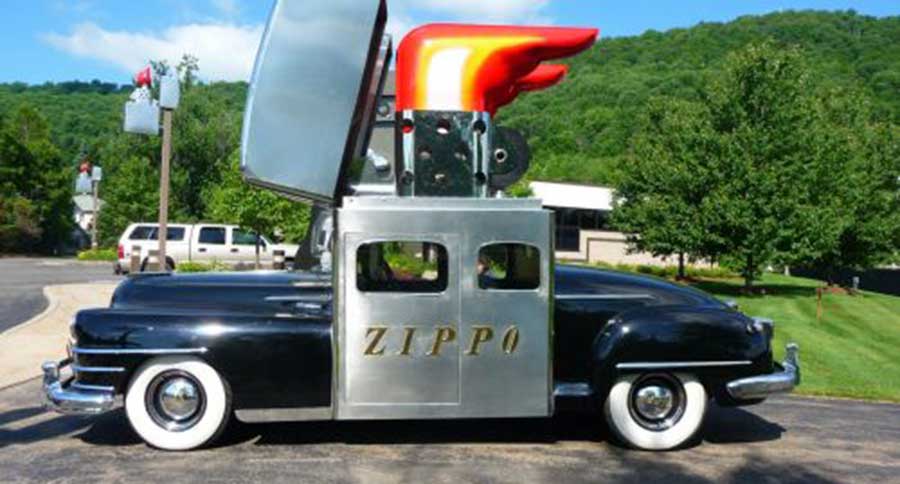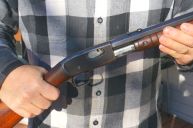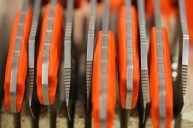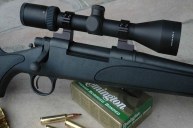Grit. Family business. The Great Outdoors.
Few things are more American than the entrepreneurs whose courage and insight built this country, whose work still sustains our outdoor traditions today. These are the stories of people who could stand tall and say, "I built that."
William Russell Case, W.R. Case & Sons
W.R. Case & Sons has weathered the storms that made many other knife companies close their doors. Maybe that's because this one began without any doors at all: in 1889, William R. Case and his three brothers, Jean, John and Andrew Case, started selling knives out of a little wagon in upstate New York, carting themselves through the small villages surrounding the modern-day cities of Buffalo and Rochester.
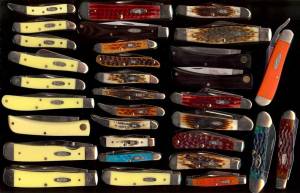
Case knives are still used and collected by outdoorsmen and knife enthusiasts worldwide. Image via Knife Depot
After running this operation out of their dad's garage for a decade, the brothers decided to move out and get a factory. By this time, the Case brothers had developed a unique heat treatment method for their blade steel, and for each oven cycle, they would mark the batches of blades with an "X." (That's where the "XX" in the Case XX logo comes from).
Satisfied with their manufacturing process, the Case brothers were on a roll. They'd even hired one of their first salesmen - John Russell Case, W.R.'s eldest son. He must have been a great hire, because the business changed its name from Case Brothers Co. to W.R. Case & Son before finally settling on W.R. Case & Sons.
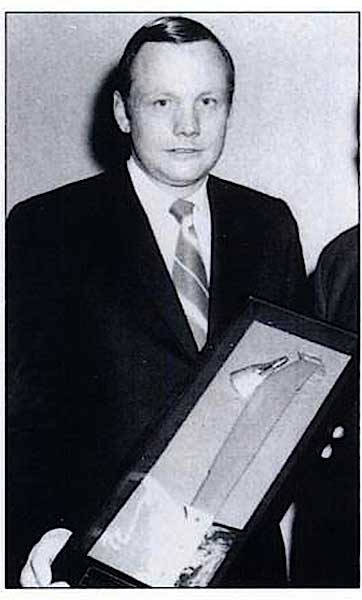
Neil Armstrong with a commemorative model of the Case knife he took to the moon.
Long after W.R. Case had passed his legacy on to his descendants, the knife company continued to show its American grit. Not only did Case support America's military efforts during WWI and II, but they designed a limited-edition M-1 Survival Knife specially for NASA, which has been carried on every manned Gemini and Apollo space flight since the "Molly Brown." Neil Armstrong (above) took the Case Astronaut Knife with him to the moon.
If William Russell Case were alive today, you can bet he would be proud to say, "The sky's the limit."
Eliphalet Remington, (you guessed it) Remington Arms
Eliphalet Remington first decided he could build a better gun in 1816, as a young man of 23. So, he got to work. When he was finished, he took his homemade flintlock rifle to a shooting match—and won second place.
By the time he left the firing line, he had an armful of orders and could consider himself a professional gunsmith. That was Remington 200 years ago; how's that for "build it and they will come"?
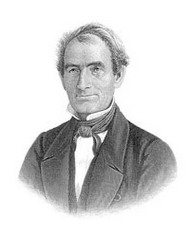
Eliphalet Remington Jr., founder of Remington Arms
George G. Blaisdell, Zippo
In 1930, a lighter was a true necessity. However, one of the best designs out there was an Austrian-made lighter which, although it was serviceable and worked even in the wind, was cumbersome and required two hands to use. It was also easily dented because of the thin metal casing.
Much like Eliphalet Remington, 35-year-old George Blaisdell wanted to make a better one. He took the chimney-shaped top from the Austrian lighter and re-designed the lighter to be sturdier and operable with one hand. By 1936, George's simple re-creation of the Austrian lighter was patented, selling like wildfire for $1.95 ($35 in 2017 dollars), and guaranteed to last for life with the slogan "It works or we fix it free."
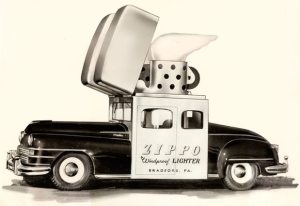
One cool highlight of Zippo history is the Zippo Car. The original Zippo Car was a 1946 Chrysler New Yorkers Saratoga, commissioned to be customized into this "productmobile" by the founder himself. In its first two years, the Zippo Car visited every one of the 48 continental States. (Could you imagine Steve Jobs driving around in an iPhone car? The things you could get away with in the good old days...)
George Blaisdell had the guts and enthusiasm to do what others wouldn't dare to. It paid off, big. Today, his grandson, George B. Duke, is the sole owner and Chairman of the Board of Zippo.
Robert B. Thomas, The Old Farmer's Almanac
This one's different from the other three, but it deserves to be included if only for its longevity. First printed in 1792, the Old Farmer's Almanac has been in continuous publication longer than any magazine or newspaper in North America.
Robert B. Thomas wasn't an inventor in the classic sense, but he didn't let that stop him from building: he developed a unique, top-secret weather forecasting formula based on his personal studies of astronomy and weather patterns. To this day, the formula is kept a secret, locked in a black tin box at the Almanac's office in Dublin, New Hampshire.
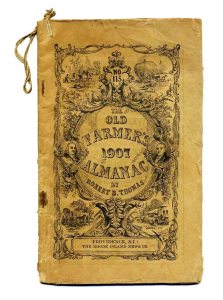
The Old Farmer's Almanac 1907
Armed with that, plus the small detail of drilling a hole through his Almanac so people could hang it up from a string or nail, Robert wrote, edited and published the Farmer's Almanac for over half a century.
Personally, I have a hard time believing that Robert's weather formula was the magical ingredient that kept the Almanac in business even after his death. Robert B. Thomas was a man who dedicated himself to his life's work, and that passion, shared by so many American entrepreneurs since then, has outlived him.
NEXT: EXCLUSIVE INTERVIEW WITH TONY BOSE, MASTER KNIFE MAKER
